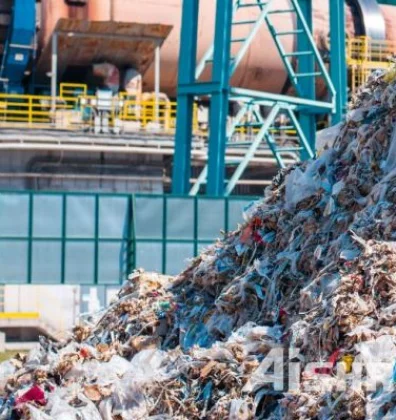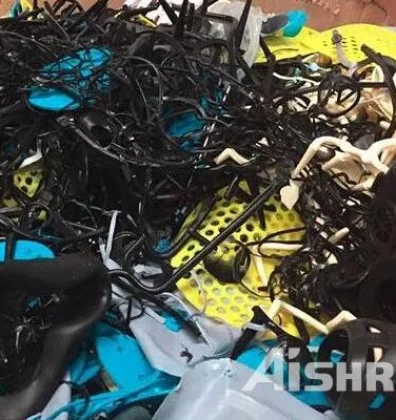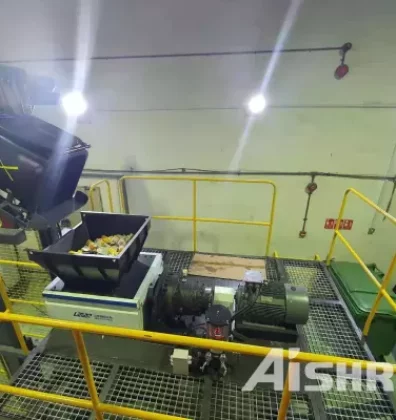Lithium-ion batteries have become an integral part of modern life, powering everything from smartphones and laptops to electric vehicles and renewable energy storage systems. However, as these batteries reach the end of their lifespan or become damaged, responsible disposal and recycling become paramount to prevent environmental harm and recover valuable resources.
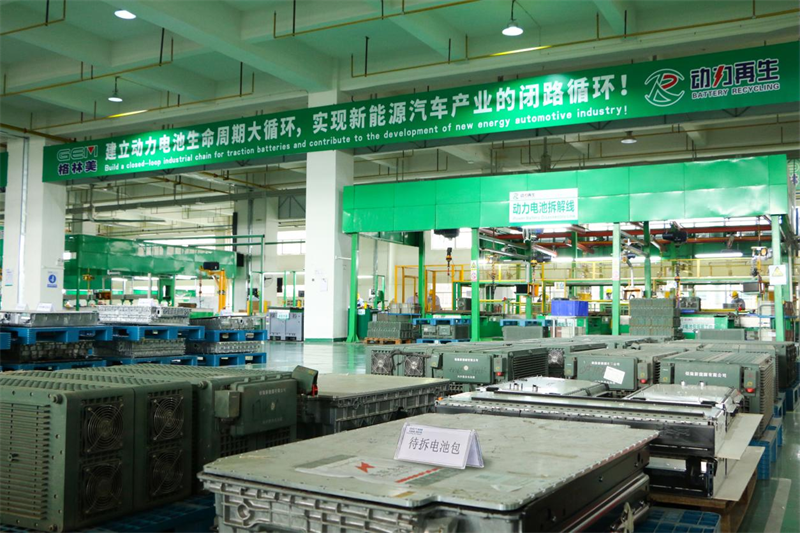
The Importance of Lithium-Ion Battery Recycling
Lithium-ion batteries are known for their high energy density and long lifespan. However, like all batteries, they eventually degrade and need replacement. Improper disposal of these batteries can lead to environmental pollution, as they contain toxic materials such as lithium, cobalt, and nickel. Recycling lithium-ion batteries is not only environmentally responsible but also economically viable due to the valuable materials they contain.
The Lithium-Ion Battery Recycling Process
- Collection and Sorting: Used lithium-ion batteries are collected from various sources, including electronic waste recycling centers and manufacturers. They are then sorted based on size, type, and chemistry.
- Preparation: Before shredding, the batteries must undergo a preparatory phase. This involves discharging any remaining energy to eliminate the risk of thermal runaway during the shredding process.
- Shredding: The prepared batteries are fed into the Lithium-Ion Battery Shredding Machine. These machines are equipped with robust cutting mechanisms that break down the batteries into smaller components, including the outer casing, electrodes, and separator materials.
- Separation: After shredding, the machine employs various techniques to separate different components efficiently. Valuable materials like lithium, cobalt, and nickel are recovered during this phase.
- Neutralization: Any remaining hazardous materials or chemical residues are neutralized or safely disposed of to prevent environmental contamination.
- Material Recovery: The recovered materials, including metals and plastics, are further processed and refined to meet industry standards for reuse. Metals like cobalt and lithium can be reused in new battery manufacturing, while plastics can be used for other applications.
Shredder Machine in Lithium Ion Battery Recycling
Lithium-ion battery recycling is a complex process that involves several stages, and one of the most critical steps is the use of shredding machines. These machines play a pivotal role in ensuring the safe and efficient recycling of lithium-ion batteries.
In the recycling of lithium-ion batteries, both dual-shaft and quad-shaft shredding machines are commonly used.
Dual-Shaft Shredder
Dual-shaft shredders have two rotating shafts, each equipped with blades or cutting tools. They operate by simultaneously rotating these two shafts to cut and shred materials.
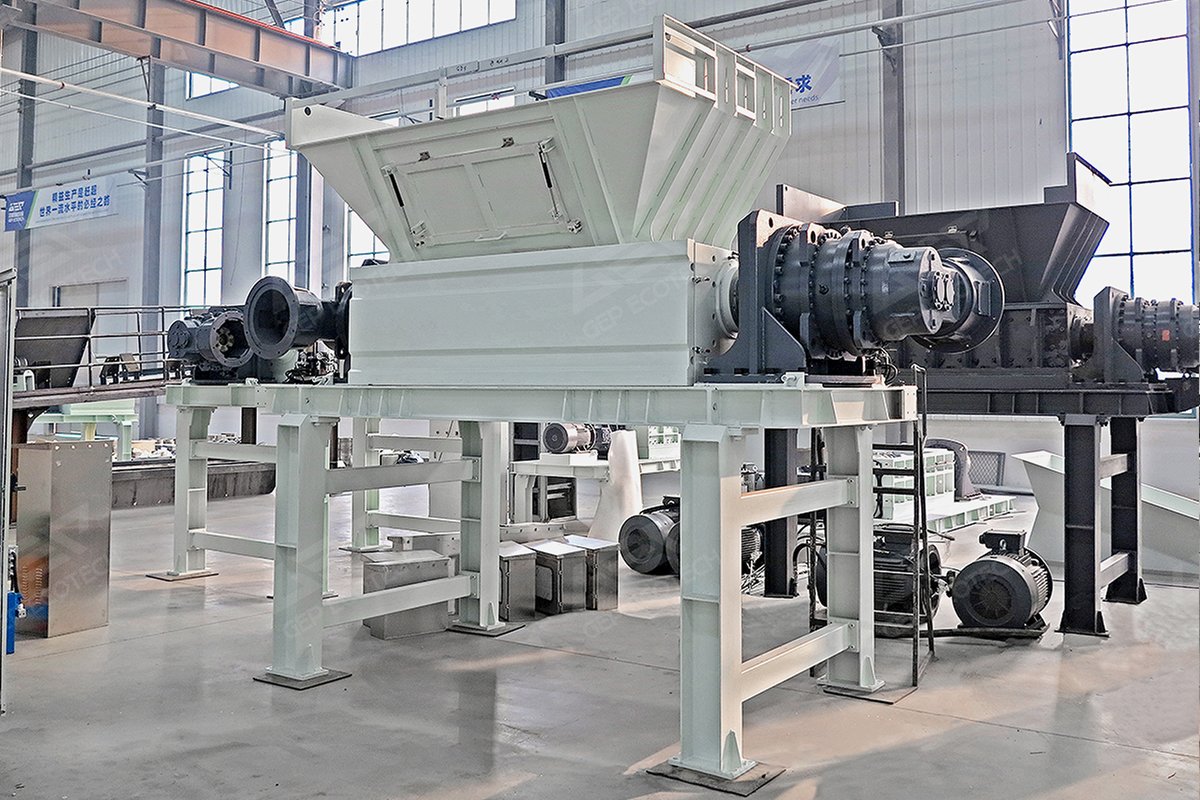
Quad-Shaft Shredder
Quad-shaft shredders have four rotating shafts, providing them with greater cutting force and efficiency, especially when dealing with robust battery components.
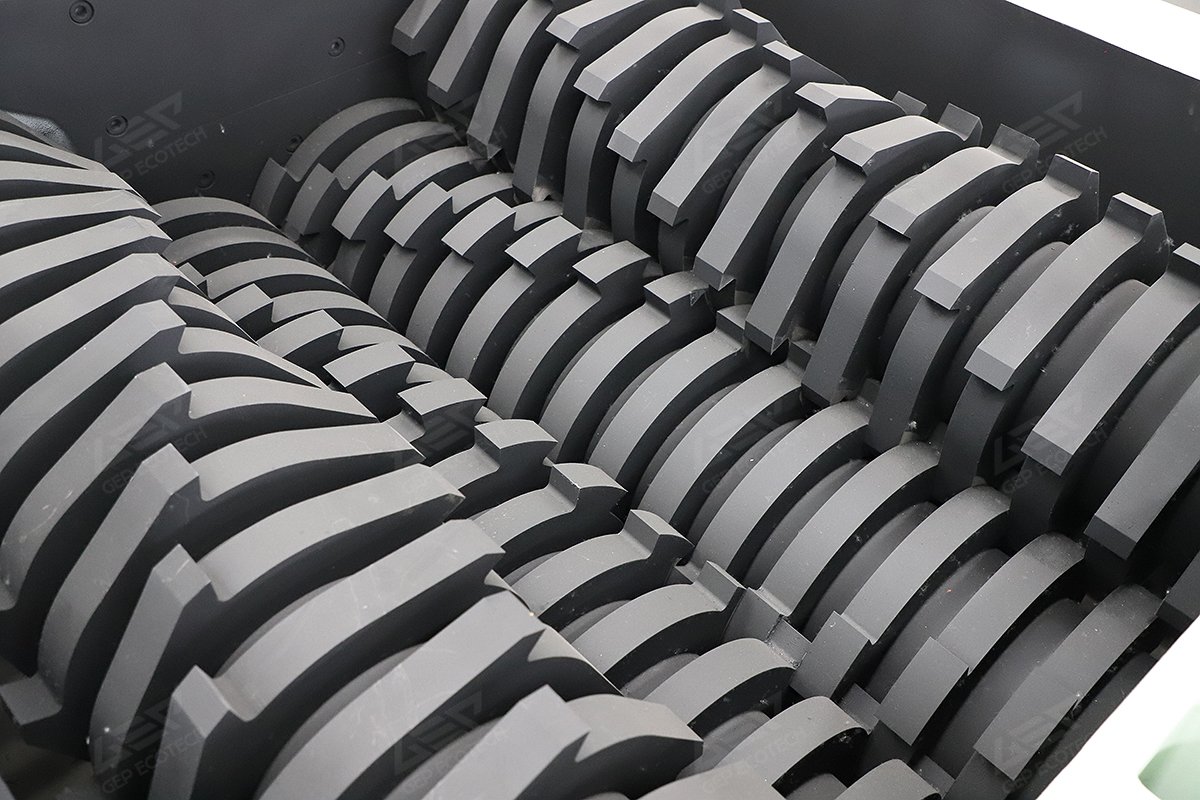
The choice between them depends on the type of batteries being processed, the scale of recycling operations, and the required level of disintegration. These shredders contribute to the safe handling of batteries, material recovery, and resource reuse, supporting sustainable battery waste management and environmental protection.
GEP ECOTECH's industrial shredders have achieved excellent performance in various battery recycling production lines and have been highly praised by customers. We work closely with each recycler to provide them with customized shredding solutions. Contact us to discuss your unique recycling options.


